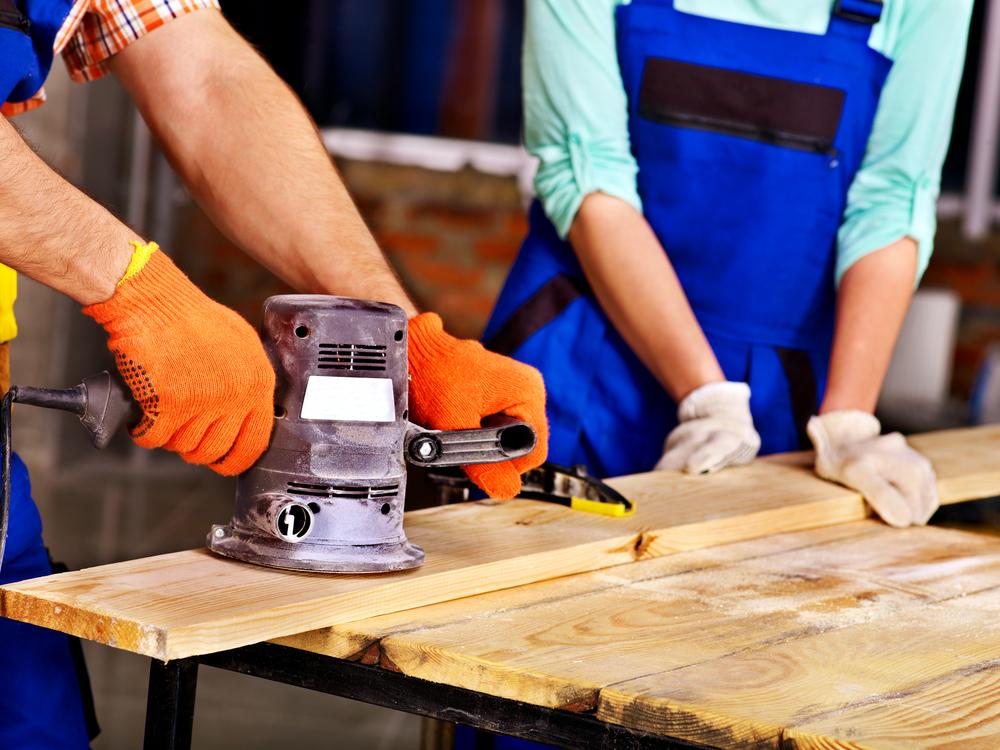Proven Methods to Prevent Infections in Healthcare Settings
Learn effective strategies to prevent hospital-acquired infections. Discover best practices for hand hygiene, protective gear, and medical equipment handling to maintain a safe healthcare environment and reduce infection risks for patients, visitors, and staff.

Proven Methods to Prevent Infections in Healthcare Settings
Did you know that approximately 5-10% of hospitalized patients develop infections during their stay? Whether you're a patient, visitor, or healthcare worker, preventing healthcare-associated infections (HAIs) is vital. These infections, caused by bacteria and fungi present in medical environments, can spread through contact with contaminated surfaces, equipment, or airborne particles. Adopting effective hygiene and safety procedures can greatly decrease the risk of infection and ensure a safer healthcare experience.
Consistent Hand Hygiene: Regular handwashing or sanitizer use remains the most effective approach to prevent microorganism transmission. Always disinfect your hands after hospital visits or patient interaction.
Wearing disposable gloves or sterile covers provides additional protection.
Correct Use of Protective Gear: Medical staff should properly wear masks, gowns, and protective clothing to limit microorganism spread. Proper attire is crucial during procedures and around contaminated areas.
Handling Medical Instruments Safely: Regularly disinfect medical tools, such as stethoscopes with alcohol wipes, and sterilize skin before invasive procedures like catheter insertion to prevent infection.
Taking diligent precautions and following these guidelines are essential in safeguarding yourself and others from hospital-based infections.


